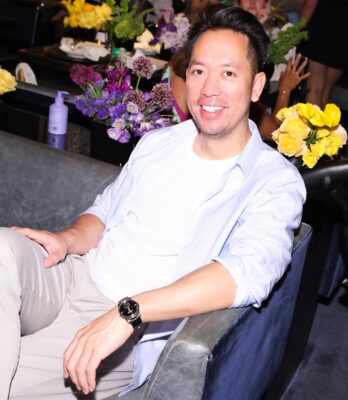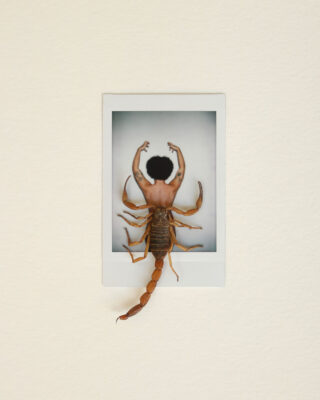
Food & Drink
Julie Reiner, NYC’s Cocktail Queen
Traditionally, bars have been the province of men. Then came Julie Reiner, breaking the cocktail-glass ceiling.
For anyone who may not recall, most cocktails before the aughts were a bit predictable: a well-grade spirit mixed with seltzer, tonic, Rose’s lime juice or sickly sweet sour mix shot from a soda gun.
Fast-forward to the 21st century, when most cocktail menus feature fresh ingredients, avant-garde techniques or modern iterations of throwback classics. So how did the New York City bar scene evolve from knocking ’em back to connoisseurship? We sat down with Julie Reiner—co-host of Netflix’s Drink Masters and current co-owner of The Clover Club (one of North America’s 50 Best Bars)—at one of her star lounges to chat about the maturation of New York’s cocktail scene and what it’s like to be a lady-boss in the male-dominated bar industry.
Reiner started managing and tending bar in the West Village in 1997, at the now defunct C3, then the lounge inside the Washington Square Hotel. She came to the city via San Francisco, where bartenders were already starting to experiment with the classics.
“At C3 I started taking a more culinary approach to cocktails and creating my own menus,” she said. “You really couldn’t find fresh ingredients in drinks at that time—other than Dale DeGroff who was producing menus at the Rainbow Room, serving Cosmopolitans to Madonna. So I started using fresh juice and just tried to put the best things that I possibly could into a glass.”
Word got around, especially after she decided to create a freshly-infused apple martini using actual green apples instead of pouring the cloying DayGlo green Pucker bartenders were using at the time. It was this crisp, fresh “appletini” which brought Rick Marin from the New York Times to C3. “And then Amanda Hesser wrote about some drinks I was doing again at the Times and overnight, they were calling me a cocktail expert,” says Reiner.

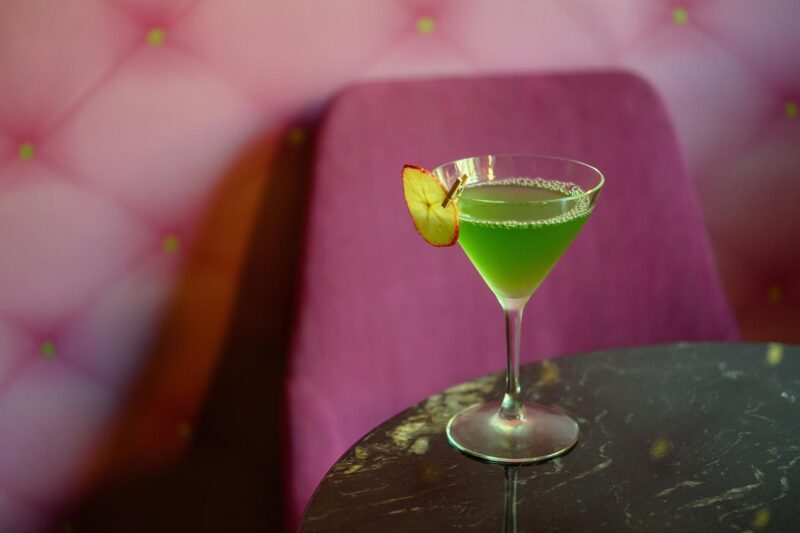
Reiner decided to open her own place, the Flatiron Lounge on West 19th Street in 2003. Instantly popular, it was noted for its handful of female partners—including Reiner’s wife, Susan Fedroff.
“I have surrounded myself with a lot of amazing women in my work life,” Reiner says. “Yes, the industry is male dominated. And yes, of course, it has affected me in some ways—mainly in how people talk about the bars or perceive them. But I’ve never really paid attention to it. I’ve always been very, very unapologetic about who I am.”
Reiner had also partnered with influential barkeep Audrey Sanders to open Pegu Club in 2005. She still marvels at how, for years, popular bars like Employees Only were creating a system where women couldn’t become bartenders.
“Basically, they made it so you had to be a barback”—the person who does the setting up, cleaning, and stocking of the bar, rather than the pouring of drinks—“and they wouldn’t hire women because it was too hard; they can’t lift kegs; they can’t do all these physical things. So in my bars, there were multiple avenues to becoming a bartender: you could be a host, be a server, and then make your way behind the bar,” Reiner says.
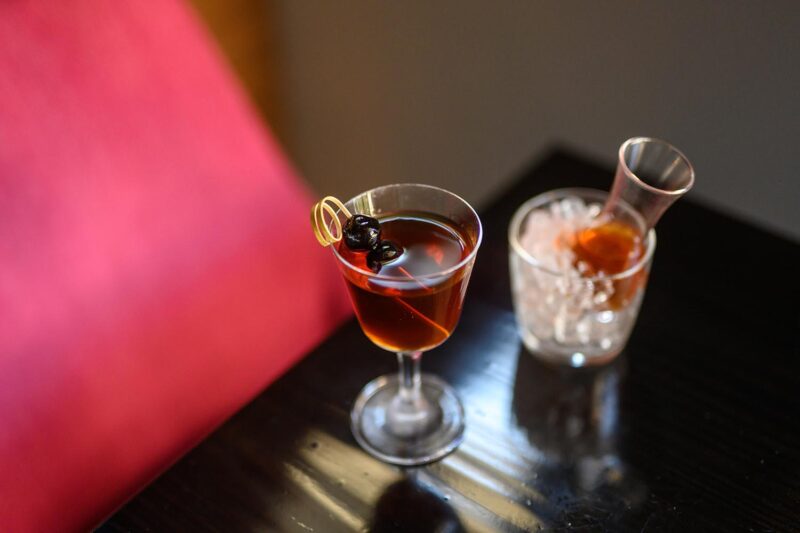
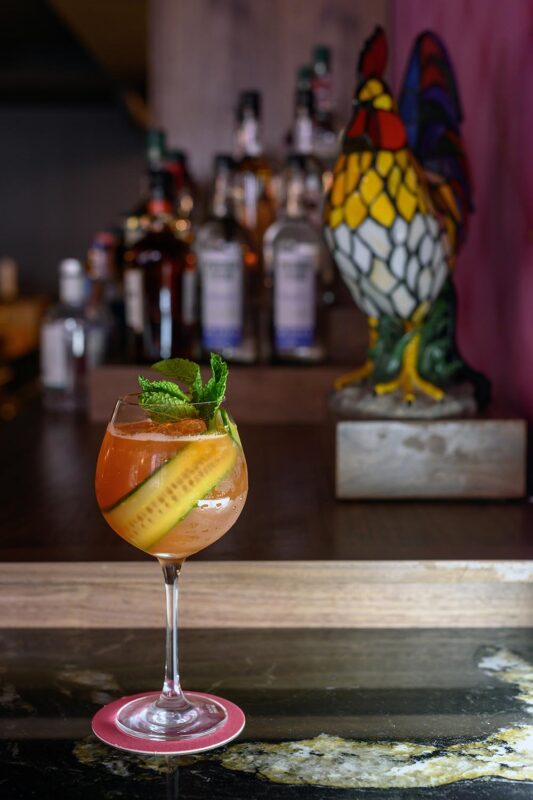
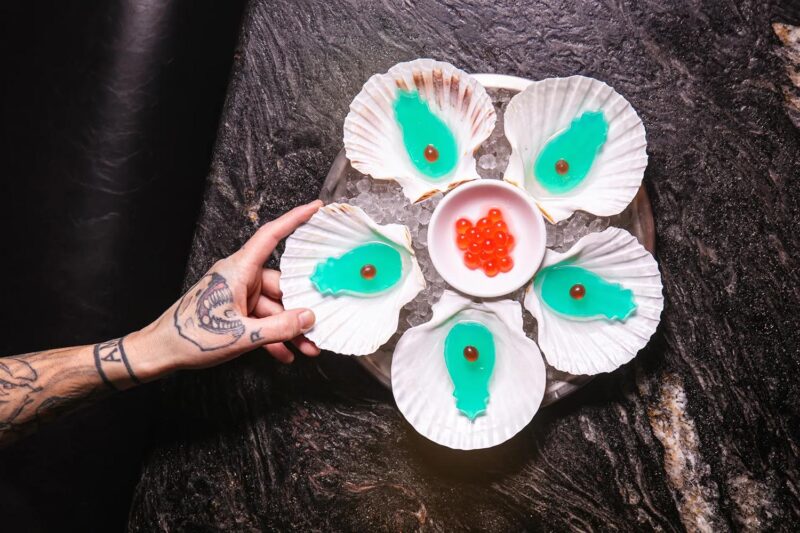
There were also a lot of gay women who hadn’t had the greatest experiences with male-owned bars who were looking for a safe space in the industry. “So for me, it was open season and equal opportunity. And I always had a lot of passionate women working for us and with us. Plus, who doesn’t want to get a cocktail from a beautiful, talented woman?”
The natural result of having a woman-dominated staff? The FlatIron Lounge became a safe haven for women to drink without harassment. “Sometimes we would look down the bar, and it would be all women—by themselves, with their friends—because we created a space that was so welcoming to them. And it became a bar that wasn’t about getting hit on by creepy dudes who assumed that if you’re a woman sitting at a bar, it means you want to be picked up by a man, which was really the vibe in the 1980s and 1990s.”
During these years, Reiner and her wife lived on 14th Street, right when the Meatpacking was becoming just a little too riotously festive. So it was time to head to Brooklyn, and a new venue there. They ultimately decided on Carroll Garden’s bustling Smith Street, and opened Clover Club in 2008.
Is there a difference between the Manhattan and Brooklyn crowd? The Brooklyn crowd is just a little more family oriented, and more civilized, Reiner says. “They wanted classy, high-end cocktails, but they didn’t want to spill drinks on themselves and be shoved into a small space.” Leyenda, Clover Club’s Latin-flavored sister bar across the street, opened its doors in 2015.
Not that the women entirely turned their back on Manhattan. Back when Soho was less high-end shopping mall, more artist lofts and underground clubs, Milady’s was a popular local dive bar—cheap beer, pool table and easy conversation. The joint opened in the 1980s and closed down in 2014, erasing a generation of neighborhood boozing. So it was with great glee that Reiner found herself in charge of reinvigorating the space as a den of pure NYC fun.


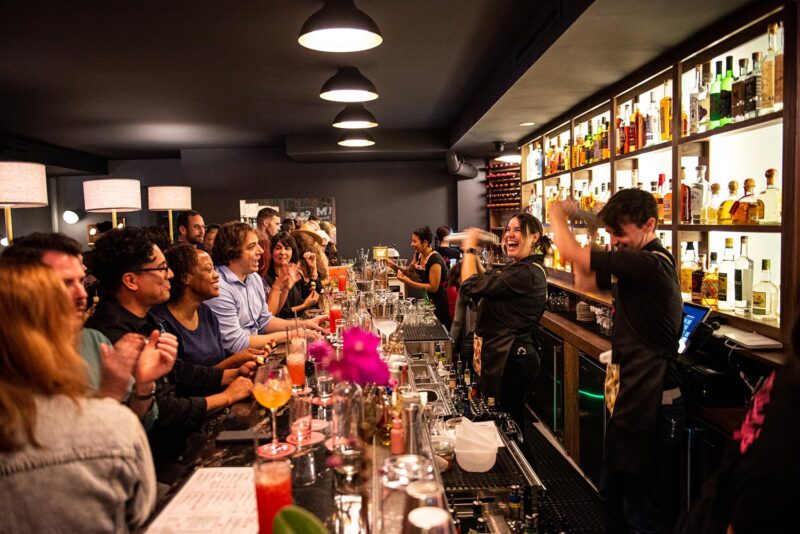
“It was total dive but the space itself was awesome. I’m a firm believer that spaces have an energy and a vibe and a heartbeat to them. Some want to be a bar, and that space not only wants to be a bar, but it wants to be a really fun bar.”
Reiner opened the new Milady’s in October of last year, and culturally, it’s going for high/low. There are lobster tails and there are cheeseburgers; there are jello shots—but they are called “jigglers” and made from the house gelatin and fresh fruits.
“I think there’s just a light-hearted fun there, and we’ve come full circle because my apple martini from the 1990s was on the opening menu and we’re doing other silly stuff that everyone loves.” PS, If you request it, cocktails are not shaken, not stirred, but thrown…from one shaker to another. Wheeee. Julie Reiner, and her devotees, like a good show.
Hero image: Julie Reiner. Photo by Daniel Krieger
